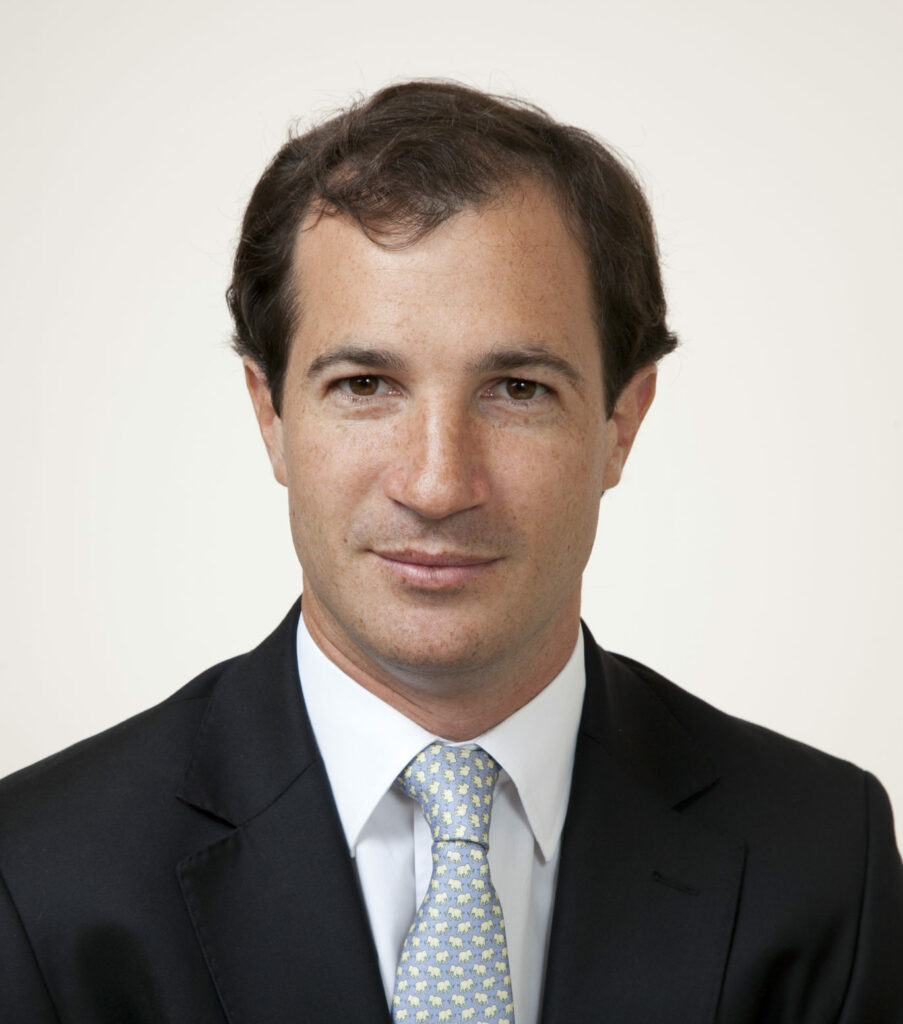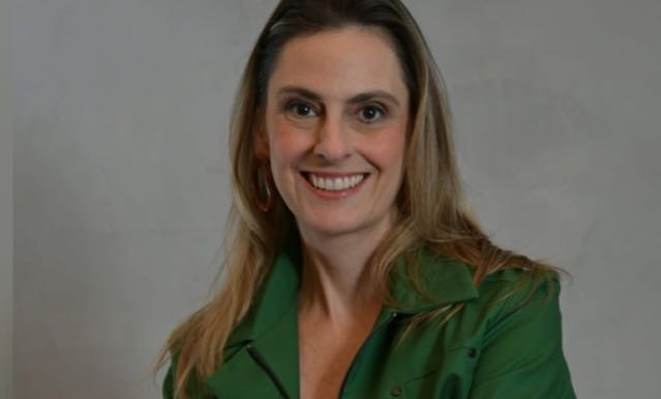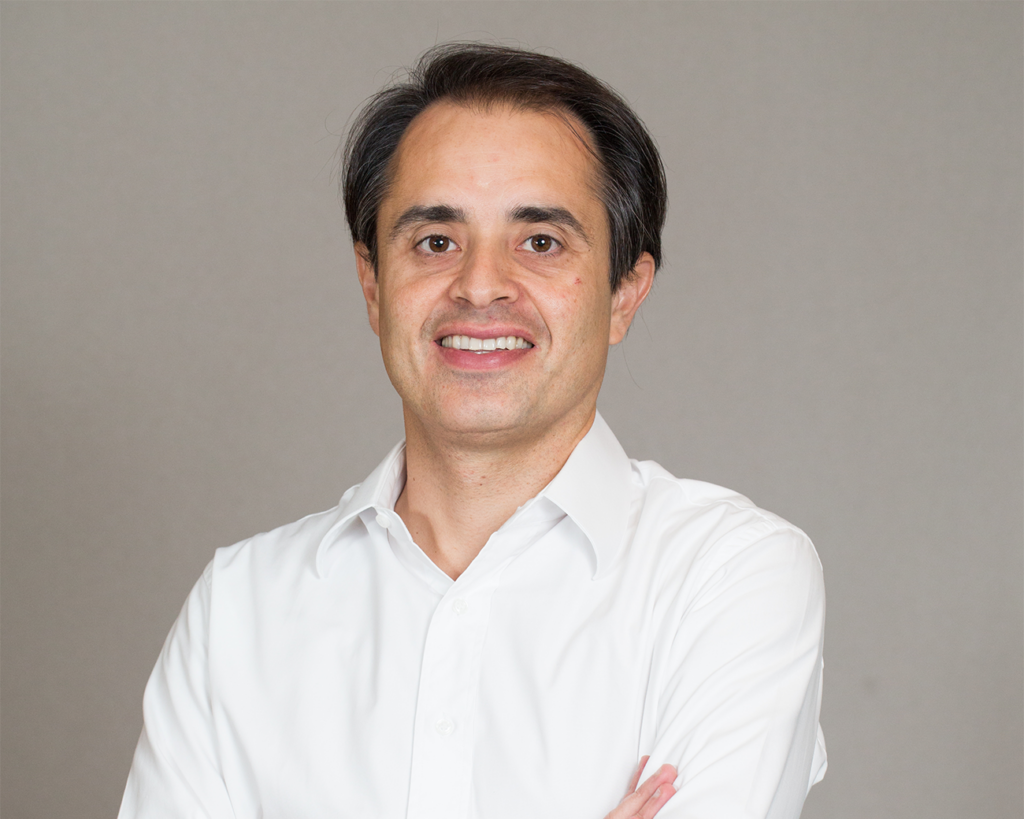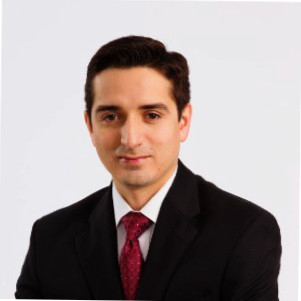LP Profiles, Member Profiles
Jose Sosa del Valle, Lexington Partners
31 March 2016

On the heels of opening a new office in Chile, LAVCA spoke with Jose Sosa del Valle, Principal of Lexington Partners, to hear about the bourgeoning secondaries opportunity in Latin America.
LAVCA: Please give some background on Lexington Partners. What is your current allocation to Latin America generally?
Sosa del Valle: Lexington Partners is a global alternative investment manager primarily involved in providing liquidity solutions to owners of private equity interests and in making co-investments alongside leading private equity sponsors. Lexington Partners has more than $33 billion in committed capital and has acquired over 2,500 secondary and co-investment interests through 600 transactions with a total value in excess of $38 billion, including $12 billion of syndications.. Lexington also invests in private equity funds during their initial formation and has committed to more than 300 new funds in the U.S., Europe, Latin America, and the Asia-Pacific region. Lexington has offices in New York, Boston, Menlo Park, London, Hong Kong, and Santiago. Lexington also has Senior Advisors located in Asia, Australia, and Latin America.
Lexington has been active in Latin America for over seven years and has developed strong investor and sponsor relationships throughout the region. Lexington currently invests in Latin America from its global secondary acquisition fund, Lexington Capital Partners VIII, which, at $10.1 billion, is the largest dedicated secondary acquisition fund ever raised. In addition, in 2013, Lexington formed Lexington Emerging Partners as a dedicated growth markets vehicle with an allocation for secondary interests in Latin American funds. Our global co-investment funds may also invest alongside sponsors in Latin American companies.
LAVCA: Lexington Partners recently opened an office in Santiago, Chile. Why is it important for Lexington to have a presence on the ground in Latin America? Why Chile, specifically?
Sosa del Valle: Over the past 25 years, Lexington has attracted commitments from major investors around the globe, including significant commitments from over 30 investors in Latin America. In addition, Lexington has selectively invested with a number of sponsors in country-specific and regional funds in Latin America. The Santiago office is Lexington’s sixth office globally and will serve as a regional hub to enhance the firm’s strong investor and sponsor relationships in Latin America.
LAVCA: How do you add value as a primary investor in PE funds in the region?
Sosa del Valle: Since 1998, Lexington has been an active strategic investor in primary funds globally. Lexington believes that the firm’s commitments to new private equity funds are beneficial in generating returns and in enhancing ongoing relationships with leading global sponsors. Investment relationships with these sponsors help Lexington to source and analyze potential secondary transactions, provide valuable information for due diligence review, and mitigate transfer risk. Lexington also leverages the private equity experience, insights, and relationships of CIP’s dedicated investment professionals.
LAVCA: How do you gain exposure to Latin America and ultimately gain access to funds?
Sosa del Valle: The breadth and strength of Lexington’s sponsor relationships serve as an important referral network to gain access to attractive transactions. Through the firm’s complementary secondary, primary, and co-investment activities, Lexington has been able to obtain first-hand insight into the private equity environment in Latin America, as well as detailed attributes of many GPs in the region.
LAVCA: How are you building exposure to secondary opportunities in Latin America?
Lexington’s global business model tracks the development of nascent PE markets around the world. Lexington opened an office in Hong Kong more than five years ago to capitalize on the growing private equity opportunity in Asia. Similarly, Lexington has built strong investor and sponsor relationships in Chile, Colombia, Peru, Brazil, and Mexico over the past several years, and we believe that having a dedicated local presence in Santiago will allow us to further cultivate these important relationships.
LAVCA:What is your take on the current state of secondaries in Latin America? How do you see the secondaries market evolving five and ten years from now?
Sosa del Valle: Uncertainty, particularly in countries like Brazil, has continued to drive volatility in the region, presenting a buying potential for secondary investors with local knowledge and relationships. In times of volatility, the divestment of illiquid assets provides an opportunity for long-term investors such as Lexington to buy into high-quality assets at attractive valuations. Additionally, in light of increasing allocations to private equity by investors in the region, Lexington believes, based on our experience in other growth markets, that investors in Latin America will look to the secondary market as a way to actively manage their private equity portfolios over the next five to ten years.
LAVCA: What types of assets and/or funds are you targeting specifically? How do you view the different markets today?
Sosa del Valle: We source and evaluate opportunities broadly – from venture and growth capital to leveraged buyouts, energy, and infrastructure. We have been prudent in deploying capital in Latin America as a result of the macroeconomic headwinds facing the region. To date, our investments in Latin America total just over $90 million. As we deepen and strengthen our presence in the region, we will continue to invest selectively in high-quality opportunities.
LAVCA: What challenges and opportunities go along with being a secondary investor in Latin America?
Sosa del Valle: Lexington recognizes the challenges facing Latin American markets, including with respect to currency depreciation as a result of tumbling commodity exports, recessionary macro environments, and fragile political environments. However, Lexington remains well- positioned to capitalize on the secondary opportunity in Latin America as volatility drives the divestment of illiquid assets. As the private equity environment in the region continues to mature, Lexington believes the secondary opportunity in Latin America will become increasingly attractive.
You may be interested in...
-

Luciana Antonini Ribeiro, eB Capital
Executive: Luciana Antonini Ribeiro, Co-Founder and CIO Member Name: eB Capital Year...
-

Cristiano Gioia Lauretti, Kinea Private Equity
Member: Kinea Executive: Cristiano Gioia Lauretti, Head of Private Equity HQ: São...
-

Maria Pia Iannariello, MGM Innova Capital
LAVCA recently spoke with Maria Pia Iannariello, Co-Founder & COO of MGM Innova Capital,...
-

Rafael Ramirez, Portfolio Manager, Alaska Permanent Fund Corporation
LAVCA recently spoke with Rafael Ramirez, Portfolio Manager– Private Equity &...